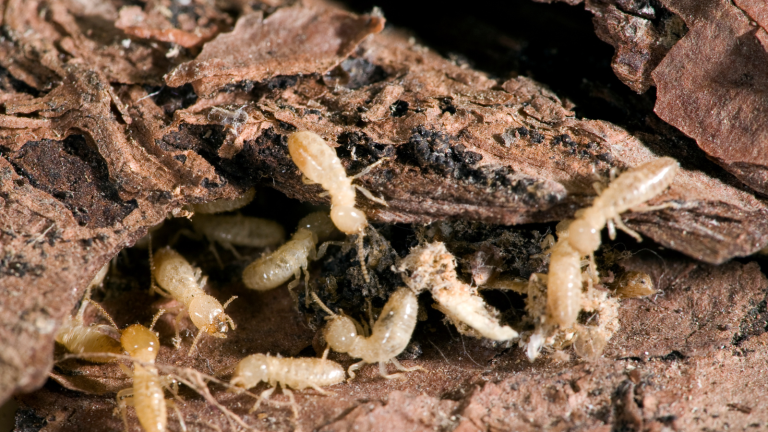Termites are a year-round threat to homes and structures, but their activity intensifies during specific seasons. Understanding these seasonal patterns helps homeowners take proactive steps to protect their properties. This guide explores the peak periods of termite activity, the best times to address infestations, and practical tips for preparing against termite season.
When Do Termites Peak in Activity?
Termites are most active during warmer seasons, typically from spring through summer. However, their activity depends on various factors like temperature, humidity, and termite species.
For example:
- Subterranean termites: Swarm during daylight hours, often after warm rain.
- Drywood termites: Swarm from late summer to early fall, usually in the late afternoon or evening.
In colder months, termite activity slows as they rely on warmth to survive. However, they can remain active year-round in heated buildings.
When Do Termites Appear, and How Long Do They Stay Active?
Termite activity follows a seasonal cycle that varies by location:
- Spring: Swarming season begins as termites establish new colonies, typically between March and May, depending on local climate.
- Summer: Termites remain highly active, particularly in humid regions, causing the most damage as colonies expand.
- Fall: Activity begins to slow as temperatures drop, though termites remain active until significant cooling occurs.
- Winter: In colder climates, termites retreat deeper into the soil, reducing surface activity. However, in warmer or heated environments, they can persist year-round.
Termite Control Throughout the Year
Effective termite control requires consistent vigilance. Here’s a seasonal approach to keeping termites at bay:
- Spring: Look for signs like swarming and mud tubes, and schedule professional inspections and treatments.
- Summer: Remain vigilant for termite activity. Keep your home dry and well-ventilated to deter infestations.
- Fall: Perform a thorough inspection to identify lingering activity and address structural vulnerabilities that might attract termites.
- Winter: Take advantage of reduced termite activity to fortify your home’s defenses and apply treatments that will be effective in the spring.
When Should You Spray for Termites?
The ideal time to spray for termites is early spring, around March or April. Treating during this period disrupts swarming and colony establishment before termites become highly active. However, if you detect termites at any point in the year, immediate treatment is essential to prevent further damage.
5 Tips to Prepare for Termite Season
- Schedule a Professional Inspection: Arrange for an inspection in early spring to detect termite activity and determine appropriate treatment options.
- Eliminate Moisture Sources: Repair leaks, ensure proper drainage, and use dehumidifiers in damp areas to make your home less attractive to termites.
- Seal Entry Points: Inspect and seal cracks or openings in walls, foundations, and roofs to block termite access.
- Maintain Your Yard: Keep mulch, woodpiles, and landscaping materials away from your home’s foundation. Trim vegetation and ensure proper ventilation around your home.
- Use Preventative Treatments: Apply soil treatments, bait stations, or other preventative measures around your home to deter termites.
Conclusion
Understanding seasonal termite activity empowers homeowners to protect their properties from these destructive pests. While spring is the optimal time for inspections and treatments, maintaining year-round defenses is essential to minimizing the risk of damage. By staying proactive and following these guidelines, you can shield your home from costly termite infestations.
Remember, prevention is always more effective than treatment when it comes to termites. Stay vigilant, adopt preventative measures, and enjoy the peace of mind that comes from knowing your home is protected.

